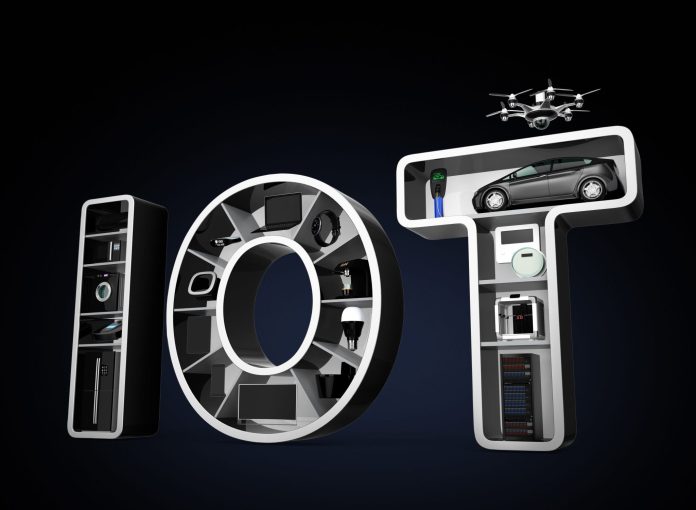Sequans sees IoT growth in key verticals, including utilities, healthcare and asset tracking
The vision of enterprise digital transformation is predicated on using Internet of Things (IoT) devices to turn data into an action that provides a business with an operational and/or financial efficiency. A number of factors—risk aversion, market fragmentation and application variability chief among them–have slowed decision making but key enterprise verticals are reaching an inflection point where digitalization is imperative and IoT is foundational to success.
Sequans is one of, if not the only, chip and module makers focused entirely on IoT. This focus has allowed the company to develop a refined strategic approach to delivering solutions to its customers. Executive Vice President of Sales Nick Taluja, in an interview during Mobile World Congress Los Angeles, laid out three strategic pillars: security, ecosystem and ability to customize products.
“By controlling our chips and our modules…we actually have created a system in which our security is fundamental,” Taluja said. “Our system is 100% secure because we control all of it.” To the ecosystem point, “You can’t create a solution for every single customer so what we decided a long time ago is the way to do that is with an ecosystem of partners,” including Infineon, NXP, Renasas and Skyworks. “We’re partnering with these people in order to create complete solutions.” This allows Sequans to tailor solutions to fit the needs of a particular customer or deployment scenario. “It’s not a one-size-fits-all approach in IoT,” Taluja said. “Every customer we’ve talked to requires something a little bit different.”
Sequans’ Monarch 2 LTE-M/NB-IoT chip and accompanying module, is seeing traction in “a very large, diverse customer base,” Taluja said, particularly for utility metering, healthcare, logistics and smart city applications. ”The market segment of metering is very significant,” he continued. “There are hundreds of millions of meters deployed and all of these are being digitized with cellular today. By controlling our chips, our modules…we’re actually able to do power consumption which is on an order of magnitude less than what our competitors can offer…The metering segment is one of our very strong verticals.”
Another developing market opportunity Taluja discussed is spectrum access liberalization driving investment in private cellular networks. In the U.S., for instance, shared access of the CBRS band has enabled enterprises to remove spectrum as a gating factor to network deployment and invest in bespoke connectivity systems.
The need for customized IoT solutions comes in tandem with customized private networks which plays to Sequans’ strengths, Taluja said. “Private LTE is a very important segment for us. We continue to invest in that and we continue to monetize that business with these very large companies that want us to do something very unique.”
To support CBRS deployments, Sequans developed and put into market a CBRS-only solution. One use case for this is among school districts equipping students with cellular dongles or CPEs for hybrid learning; the cost modelling favors a private LTE network over a metered subscription plan for a public network. “We expect to see next year this be one of our largest growth markets,” Taljua said.
For more information on Sequans, visit the company’s blog.

